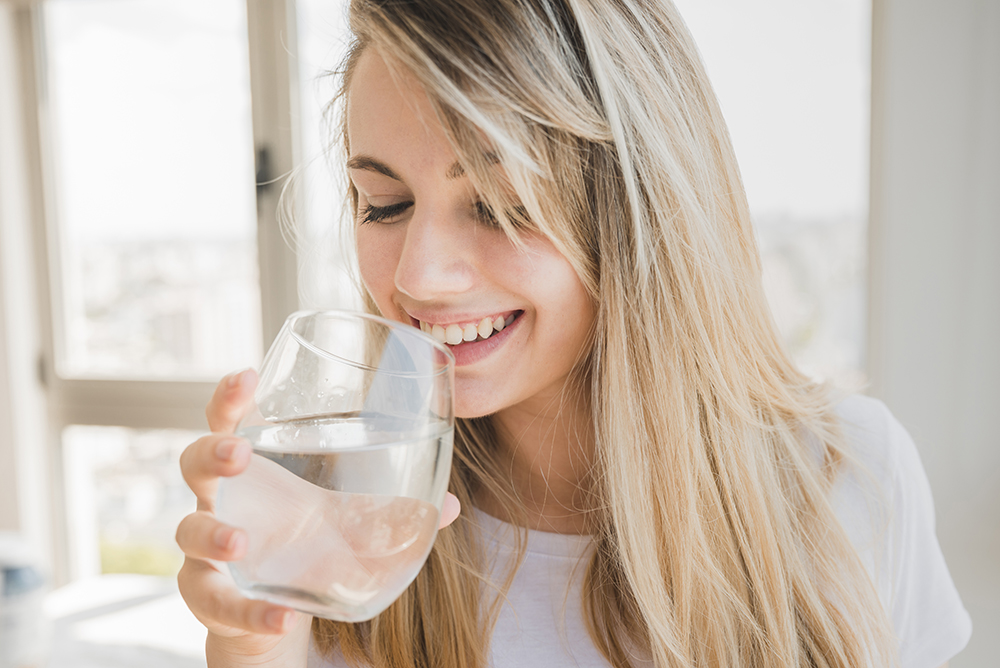Imagine if you had microscopic vision. You’d be able to see incredibly small things that are normally impossible to see with the naked eye. It sounds like a great superpower, doesn’t it? Well, it won’t sound so great if that means you can see what is floating around in your drinking water.
Safe drinking water is something that we Malaysians tend to take for granted, until a crisis like water pollution and contamination in Sungai Kim Kim, Johor in March 2019 makes us wonder what chemicals could be lurking in our own taps.
Sungai Kim Kim was a wake-up call for Malaysians but it’s not the only place in Malaysia with drinking water problems. Many cities and small towns across the country are serving water with lead or other contamination problems to millions of people.
While there have been non-profit groups coming together to save our drinking water, like The Interceptor cleaning up debris in Sungai Klang (see above), you should still remain vigilant about the contaminants that might be in your pipes, taps, or local water supply. Here’s what you should know and how you can stay safe.
The bigger picture
If you’re wondering how germs and chemicals get into your drinking water, know that there can be many sources of contamination. The most common ones include:
- Natural sources of contamination that range from chemicals and minerals, animal waste, harmless dirt or plant matter to carcinogenic substances such as arsenic, lead, radon, or even uranium.
- Agricultural water contamination that consists of chemicals and by-products used in farming, such as fertilisers, pesticides, herbicides, livestock and animal faecal matter, as well as the pharmaceuticals used on livestock like antibiotics.
- Man-made sources of contamination that include factories and industrial centres, farms and other agricultural centres, from chemicals, acids and compounds used in pharmaceutical production, textiles and hardware manufacturing.
- Biological sources of contamination, also known as microbes or microbiological contaminants which include bacteria, viruses, protozoan, and other parasites.
Other contamination sources include malfunctioning wastewater treatment systems and sewer overflows, trash and waste from people’s homes, as well as faecal matter and both over-the-counter and prescription drugs flushed down the toilet.
However, contamination isn’t always the result of direct or accidental contact by physical matter in our water sources. The water infrastructure can also inadvertently cause contamination, where older water pipes can decay due to natural corrosion that can cause lead to leach into the water.

Safe drinking water is a priority, not a privilege
The quality of drinking water and associated health risks should be made a priority in our lives. Increased knowledge has shown the complexity of many of the underlying health issues that are related to the quality and purity of our drinking water.
Hence, it is evident that the supply and maintenance of safe drinking water remain key requirements for our overall health.
Elken Bio Pure remains at the forefront of drinking water contaminant treatment. Are you concerned about how contaminants entered your tap water supply? Are you worried about what new contaminants could be identified in your drinking water?
Elken Bio Pure has over 20 years of heritage in building, manufacturing, marketing, and maintaining water purification systems and more than 70 years of cumulative experience in the water industry.
You can rest assured that an Elken Bio Pure water purification system will enable you to have cleaner, healthier, and safer water for drinking, cleaning, and preparing food to you protect your water for yourself and your family.

